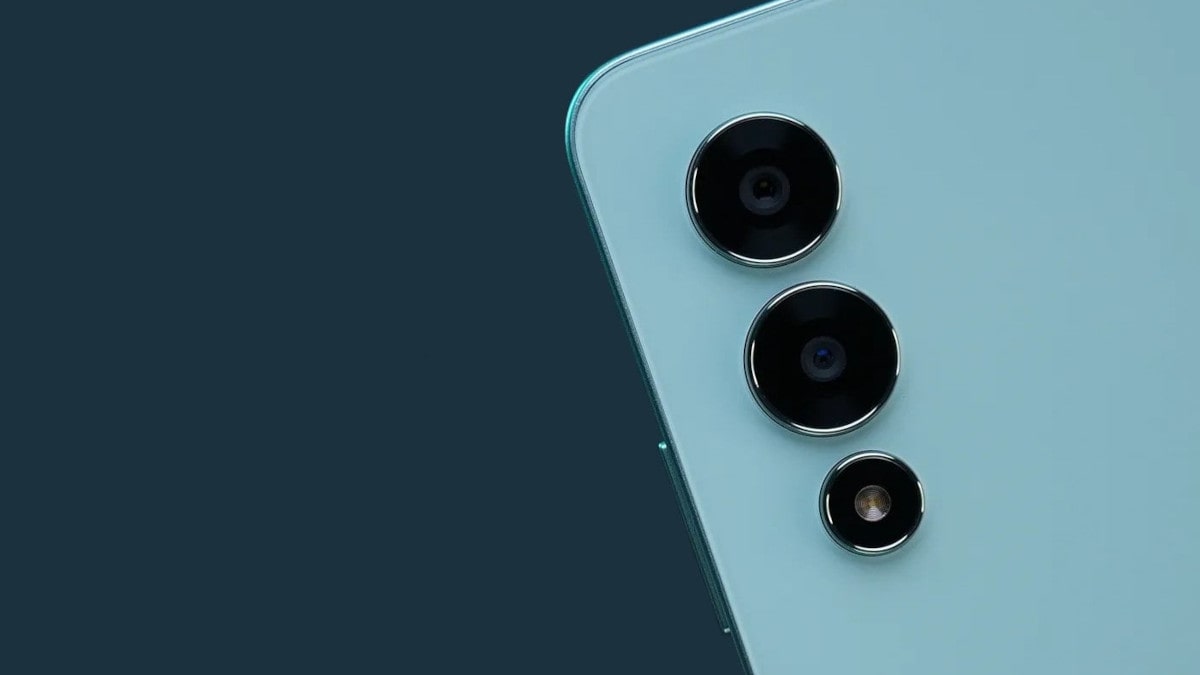Double tap to wake-up and sleep feature, commonly found on smartphones and similar devices, does have some impact on battery consumption, but it’s generally minimal. But there are some users who care about even fraction of savings. This article my summary of my findings are dedicated to them.
When enabled, this feature utilizes sensors like the accelerometer or gyroscope to detect the double tap gesture, which then triggers the device to wake up or sleep.
While these sensors do consume some power, their power usage is usually quite low compared to other components like the display or the processor.
Additionally, the impact on battery life will also depend on how frequently you use the double tap feature. If you’re constantly waking up or putting your device to sleep using this feature, it may have a slightly more noticeable impact on battery life compared to if you rarely use it.
If you are looking for a second opinion here, read my comment…
Yes it does. Double tap to sleep does not consume much battery (as the display is on that time) but double tap to wake up does.
For instance wake up, the phone is not in deep sleep mode, and some hardware sensors are actively waiting to user actions and as soon as you double tap it will turn on the display. Although modern devices have dedicated hardware for it so it doesn’t consume much battery, but some does which are not OLED.
So, if you are a person who wants more battery backup, better turn this feature off.

Smartphone users with OLED displays can turn this feature on, as OLED panels are very efficient and consumes considerably less power compared to any other display.
How Much Energy It Consumes or Saves?
Different devices may have different results, but I tried and tested this feature with many smartphones and results are very common.
One with this feature enabled consumes about 3-5% more battery (on IPS Panel), while feature disabled saved the same on IPS based smartphones.
On *OLED based smartphones, it was negligible. Not even close to 1%.
*OLED, AMOLED, and similar looking names ending with OLED are same technology with little improvements and refinements. Even Apple’s Retina display is an OLED.
Overall, the difference in battery consumption with double tap to wake-up and sleep feature enabled versus disabled is typically minimal for most users and shouldn’t be a significant concern for normal usage patterns.
So in conclusion, my opinion is turn this feature ON only when you have best and power efficient displays like OLED and disable it for any other type of displays.
Or you can supersede the options based on your own preference and use case.
Leave a Reply